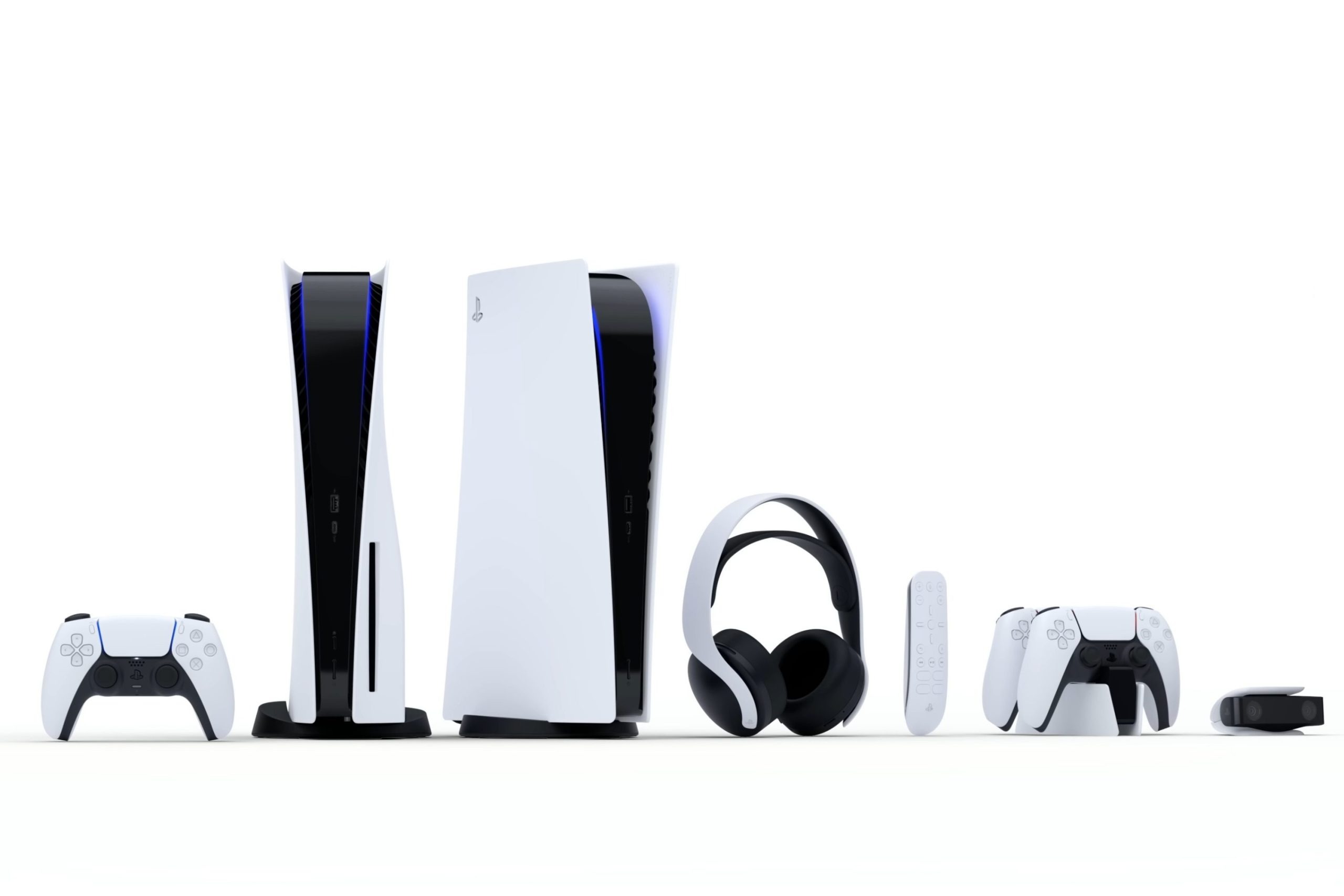The PlayStation 5 just got more expensive in America—and gamers are being forced to pay the price for politics.
Sony has announced a $50 increase on all PlayStation 5 models sold in the United States, effective Thursday, 21 August 2025. This marks a significant shift for console pricing that had remained relatively steady in the US compared to other regions.
According to Isabelle Tomatis, vice president of global marketing at Sony Interactive Entertainment, the decision stems from a “challenging economic environment”, exacerbated by tariffs imposed under the Trump administration on imported electronics. Tomatis confirmed that PS5 accessories will keep their existing pricing, and no other regional changes are planned for now as per BBC News.
What’s the New PS5 Price Tag?
The updated U.S. retail prices are:
-
Standard PS5 (disc version): $549.99
-
Digital Edition: $499.99
-
PS5 Pro: $749.99
These reflect a $50 bump across the board. Sony had previously raised prices in the UK, Europe, Australia, and New Zealand earlier this year, citing inflation and currency challenges according to The Verge.
Why the Increase?
Multiple factors have converged to pressure hardware prices:
Axios reports that tariffs under Trump’s trade policies are making imported electronics notably more expensive. In response, Sony had attempted to absorb some of the additional costs through stockpiling and expanding manufacturing beyond Japan—but those buffers have depleted, prompting a pass-through of expense to consumers.
Other console makers are reacting similarly. Microsoft has raised Xbox prices, including the Series X Digital Edition, while Nintendo increased pricing on the original Switch and related accessories.
| PS5 Model | Old Price (USD) | New Price (USD) | Increase (%) |
|---|---|---|---|
| PS5 Standard (Disc) | $499.99 | $549.99 | +10% |
| PS5 Digital Edition | $449.99 | $499.99 | +11% |
| PS5 Pro | $699.99 | $749.99 | +7% |
Global Context: More than US Price Shocks
Earlier this year, Sony raised the digital edition PS5 price in the UK by about £40 (to £429.99), and by roughly €50 for European markets—citing inflation, exchange rate fluctuations, and market pressures according to The Guardian. Similar factors played into decisions across Australia and New Zealand.
Globally, this illustrates a broader recalibration in console pricing, as manufacturers balance cost pressures with demand.
What This Means for Gamers
For gamers in the U.S., the immediate reality is clear: console hardware will remain more expensive for the foreseeable future. Unless trade negotiations ease tariff burdens or supply chains shift to cheaper regions, prices are unlikely to come down anytime soon. The potential for further increases also lingers if Sony’s stockpiles of components shrink or if new waves of tariffs are introduced.
This means upgrading to the latest hardware will become a bigger financial decision, particularly for younger players and families already navigating higher living costs. Some gamers may delay purchases, opt for digital editions over premium models, or even look toward second-hand markets as a way of cutting costs. In the long run, if these pressures persist, it could reshape not just buying habits but the pace at which new consoles are adopted.
People Also Ask (FAQs)
Why did Sony keep PS5 accessory prices unchanged despite console hikes?
Because the tariff-driven cost increases are specific to the hardware manufacturing and import of consoles; accessories have either different supply chains or lower margin impacts, allowing Sony to maintain their current price levels.
Could console prices drop if tariffs are lifted?
Yes—Sony and other manufacturers are currently absorbing or passing on cost pressures. Should trade negotiations reduce tariffs, supply-chain costs could ease and perhaps allow price stabilization or reductions.
Is the PS5 Pro upgrade pricing justified?
The Pro model offers enhanced GPU performance, faster memory, ray tracing, AI upscaling, built-in 2TB storage, and Wi-Fi 7, though with no internal disc drive—these specs warrant a higher price point for consumers seeking top-tier performance.
Will the price hikes affect game prices too?
Not directly—Sony says game and accessory prices remain unchanged. However, broader inflationary pressure in the gaming market could eventually filter into software pricing.
Final Word From An Avid Gamer
Sony’s $50 hike on PlayStation 5 consoles in the U.S. highlights how trade policy decisions ripple down to everyday consumers. For gamers like myself, it hardly feels fair that our passion for gaming comes with an extra financial burden. Trade tensions and economic uncertainty are reshaping the industry, but the cost shouldn’t fall solely on players. If tariffs are a political choice driven by President Trump’s fascination with them, then perhaps it’s policymakers—not consumers—who should bear the weight.















